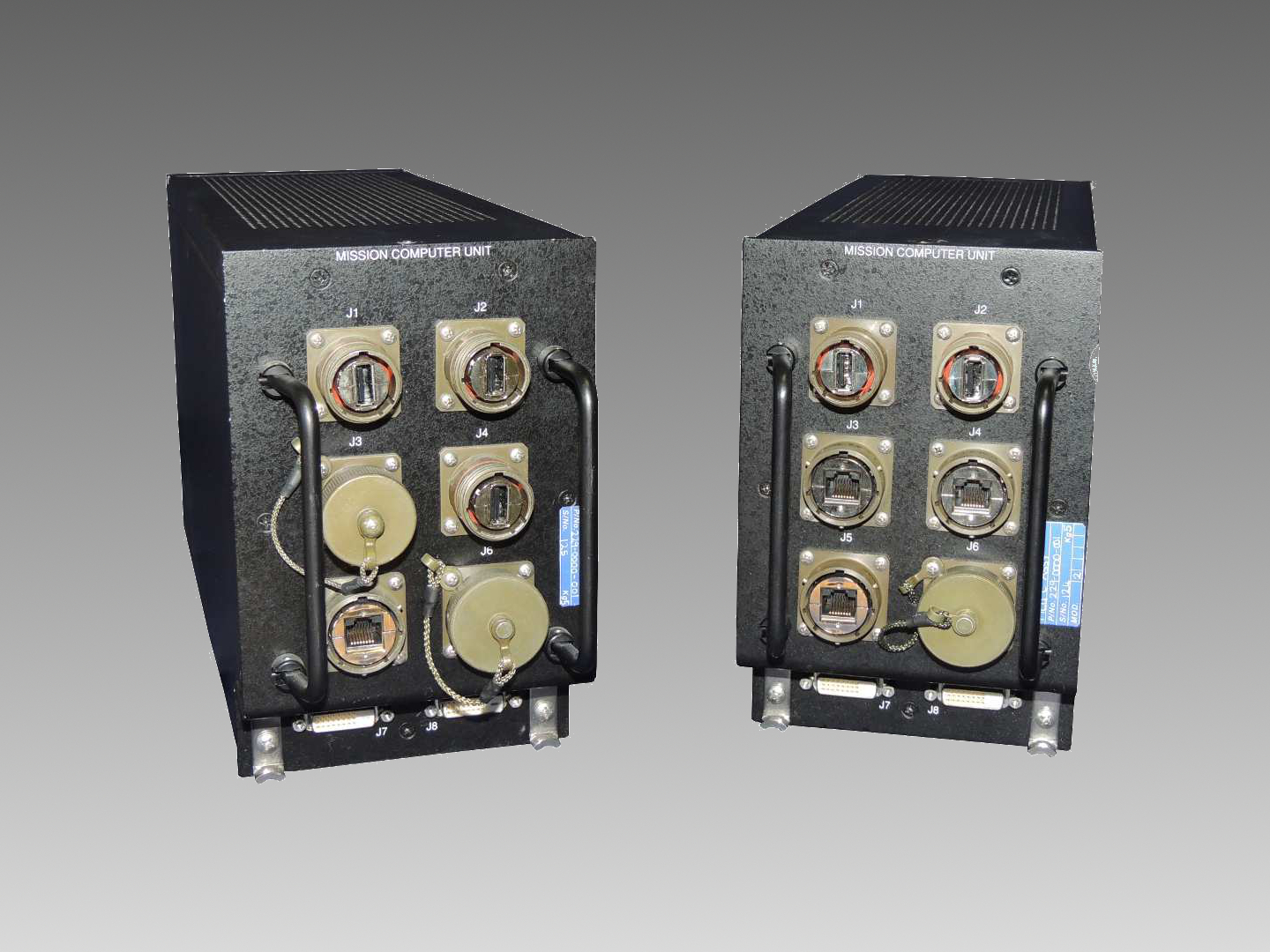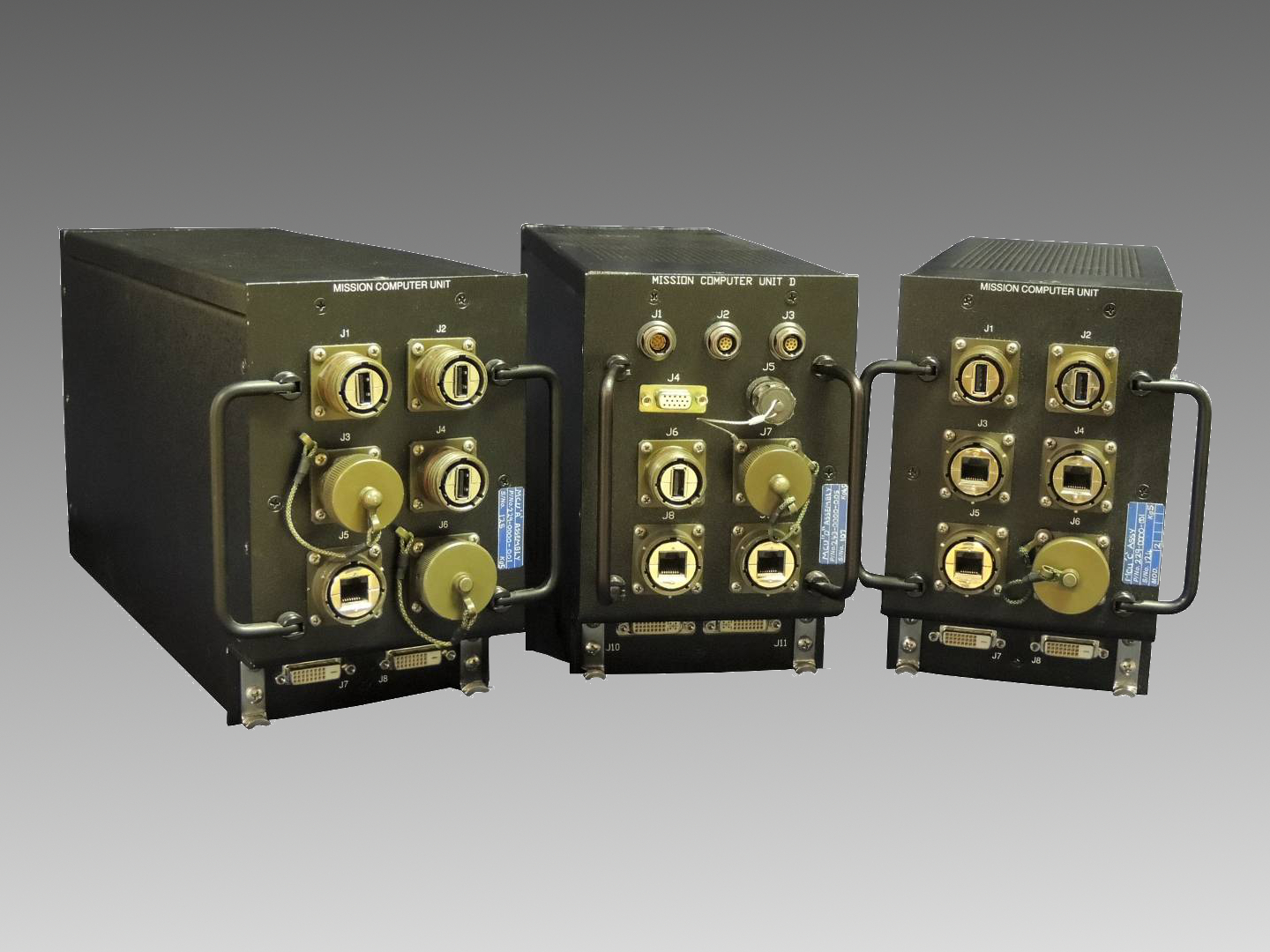

Caledonian’s Scorpio Mission System has its roots in the 1980’s where Systems were devised by Caledonian to facilitate Airborne Maritime Surveillance and Flight Tracking Flight Tests on aircraft including Rotary Wing aircraft travelling to and from oil rigs in the North Sea, using the RAF’s Nimrod as a central element of the tests.
By the 1990’s Caledonian had designed and manufactured a range of Mission Displays and, notably, the CPT-096 Track While Scan Radar Enhancement. From these origins emerged the philosophy of the Scorpio Mission System, a System that facilitates a wide range of capabilities.

While the core of the system has changed little, in essence, in 15 years, the architecture is highly adaptable thanks to its modular design. Additional Peripheral Capabilities are continually being developed in line with airborne maritime surveillance demands. These have encompassed increased scope to interface with contemporary and mature (sometimes very mature) aerospace data standards, both analogue and digital as well as industrial standards that are increasingly finding their way into aircraft.
The Scorpio Mission System is frequently configured in an optimal fashion to realise End Users requirements, and subsequently, the Scorpio Mission System has been integrated and installed on a wide range of Government Agency Aircraft, ranging from Jetstream J-41, G-1, Fokker F-50, Reims F-406, Beechcraft B-200, SH3-D, Super Puma, AS-555 Fennec, but to name a few.
Typically the Mission System will comprise of a number of LRU’s, again arranged in such a manner as to reduce data latency, optimise data distribution, realise a very elegant System Operator working environment.

Notably, Caledonian’s Mission System Avionics is complimented with Caledonian’s Airborne Maritime Surveillance Console and Radome Technology as well the STC’s and Aircraft Modifications / Conversions to integrate and implement the Technology.
In doing so, Caledonian provides an exceptionally wide scope of input: from Design of Equipment to component level, through to electronics assemblies, software, firmware, LRUs, displays, Controls, Mission Computers for data conversion, computations, video conversions through to design and embodiment of STCs / modifications through to sensor design and radome supply for a range of specialised radars.
The core of the Scorpio Mission Computers does not use third party Operating Systems, in fact it uses Caledonian developed and optimised Operating Systems that are designed specifically for aerospace applications. Further, Caledonian has designed embedded technologies and architectures for decades, which form the basis for the Scorpio Mission Computer Core.
Equally, there are occasions where End Users require to use OTS Third Party, industrial Applications Software packages that run on Third Party Operating Systems, such as Windows / Windows Embedded, Linux and so on. In such circumstances Caledonian can provide ring fenced MCU modules that can run such packages without adversely affecting the Aerospace Software / Firmware Modules.
Example of the specific features that can be incorporated into the Mission Computers (upon request):
Aerospace Interfaces, include, but not limited to the following:
Industrial Interfaces include, but not limited to:
Formats include, but are not limited to:
Video Input / Output / Conversion:
Third Party Operating System Ring Fenced Modules:
Pointing Device Peripheral Arbitration / Multiplex / Interface
Used for the following application (but not limited to):
Caledonian’s Mission Computers are tested in accordance with DO-160, DO-178, ED-80 and are manufactured using EASA Sub Part G procedures in line with Caledonians EASA 21 Sub Part G and UK CAA 145 approvals.